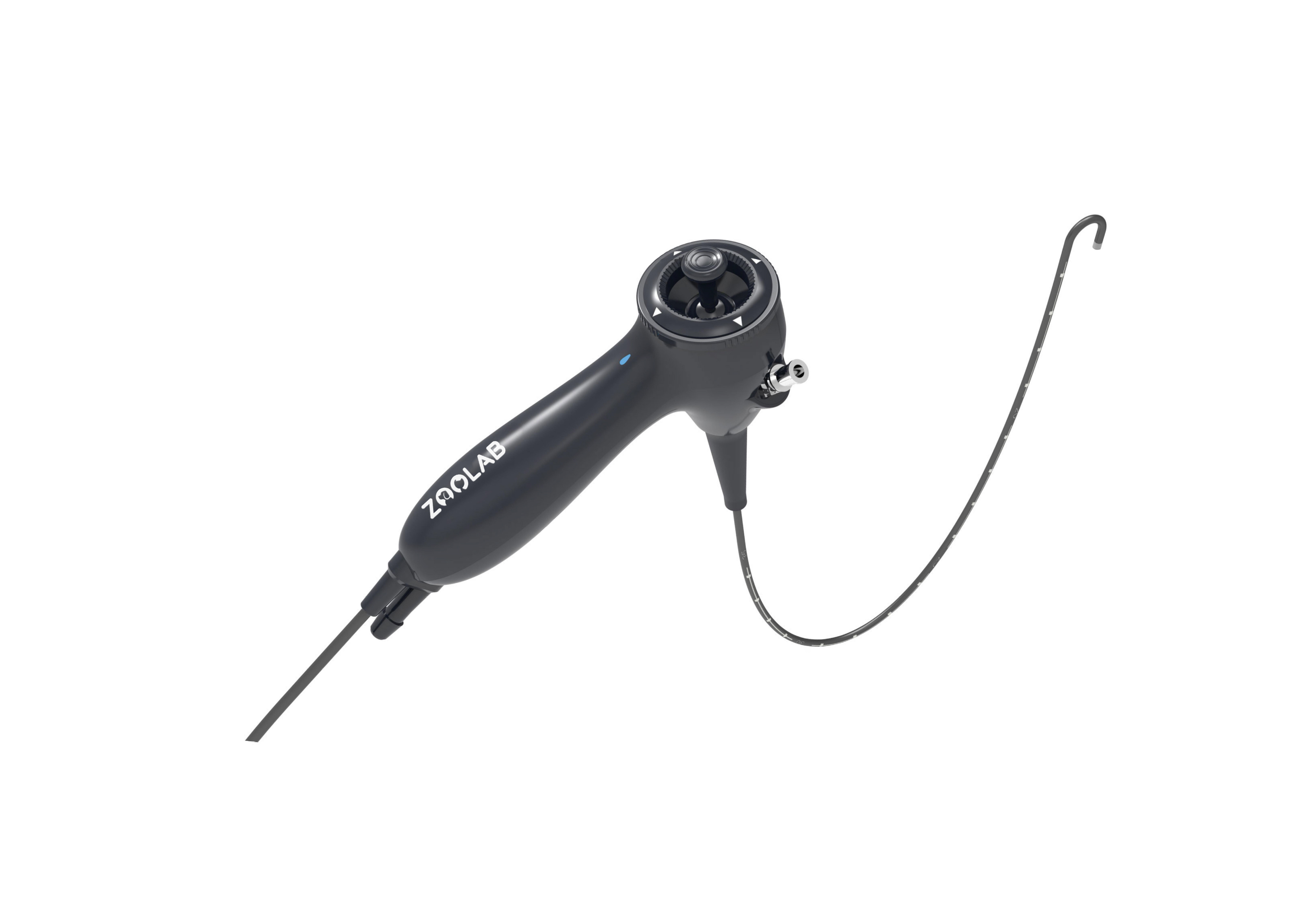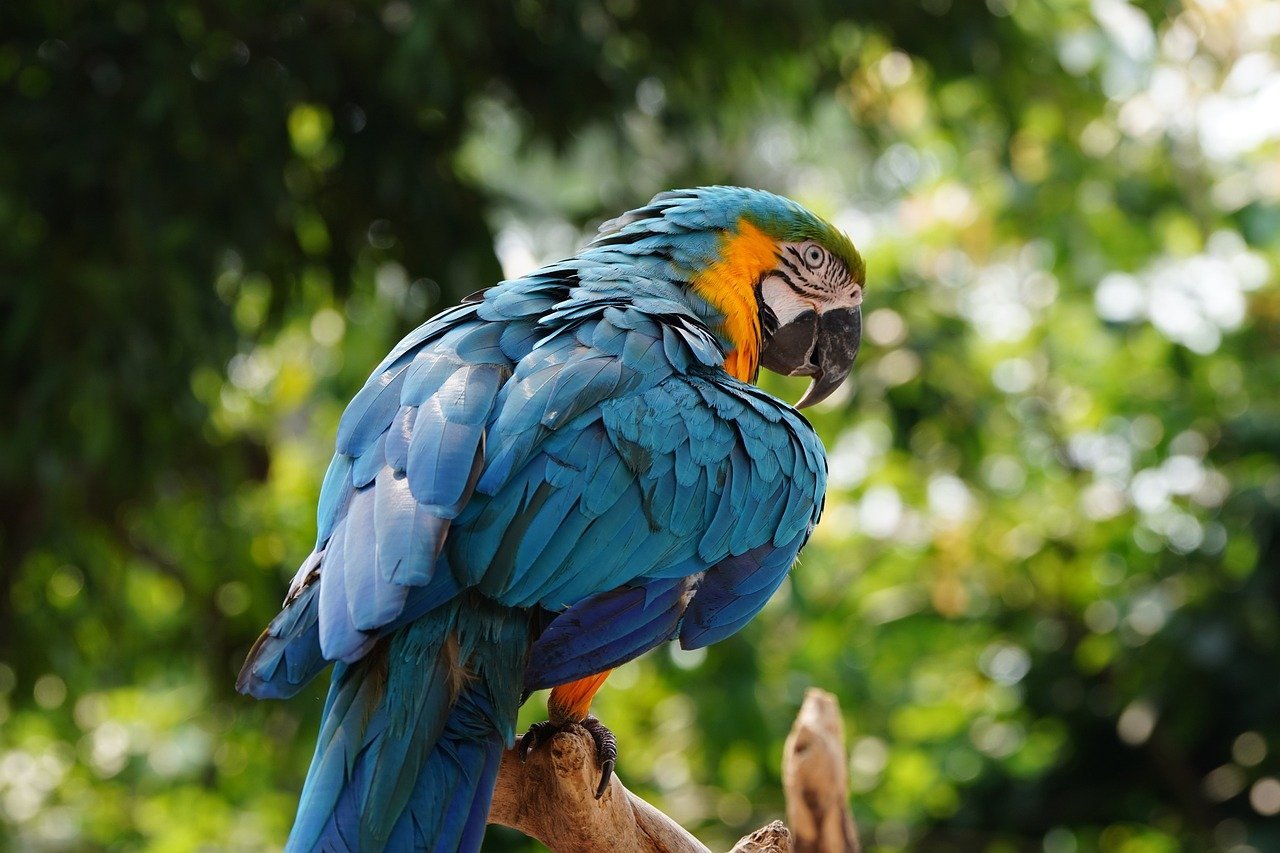

●Remove foreign objects
One of the most common uses of endoscopy in avian medicine is for foreign body removal. Birds are curious creatures, and it is not uncommon for them to ingest objects that can cause blockages or injuries in their digestive system. Traditional methods of removing these objects often involve invasive surgery, which carries significant risks for these fragile patients. Endoscopy offers a safer alternative, allowing veterinarians to locate and remove foreign bodies with minimal trauma.
●Diagnosis of respiratory system problems
Endoscopy is also invaluable in the diagnosis and management of respiratory issues. Birds are prone to respiratory infections, tumors, and other complications due to their intricate respiratory systems. Through endoscopy, a veterinarian can directly observe the trachea, bronchi, and air sacs, identifying any abnormalities and taking biopsies if necessary. This direct visualization leads to more accurate diagnoses and targeted treatments, which are crucial in managing respiratory conditions in birds.
●Reproductive Health Assessment
Additionally, endoscopy plays a critical role in reproductive health assessments. In breeding birds, it can be used to determine sex, evaluate reproductive organs, and diagnose issues such as egg binding or ovarian tumors. This is particularly important in species where external sexual dimorphism is not apparent, making visual sexing challenging.●The benefits of endoscopy in avian medicine are numerous. First and foremost, it is minimally invasive. For birds, this is particularly significant due to their high metabolic rates and sensitivity to stress. Endoscopic procedures typically result in quicker recoveries and fewer complications compared to traditional surgery. This is a major advantage in a species where prolonged recovery times can be detrimental.
●Moreover, the real-time imaging provided by endoscopy allows for precise and immediate interventions. Whether it’s removing a foreign object, taking a biopsy, or assessing organ health, the ability to see exactly what is happening inside the bird’s body in real time is invaluable. This reduces the need for exploratory surgeries and enables more informed decision-making.
●Endoscopy also allows for repeated evaluations over time, which is particularly useful in chronic conditions or when monitoring the progression of a disease. This ongoing assessment capability is vital for tailoring treatment plans to the specific needs of the avian patient.

The integration of endoscopy into avian medicine represents a significant advancement in the field of veterinary care. As the technology continues to evolve, its applications in avian patients are likely to expand, offering even more opportunities to improve the health and well-being of these unique creatures.
In Summary
For veterinarians, mastering endoscopic techniques is becoming increasingly important, as it not only enhances diagnostic accuracy but also opens the door to more effective and compassionate care for avian patients. As the demand for avian veterinary services grows, so too does the need for advanced tools like endoscopy, making it a cornerstone of modern avian medicine.